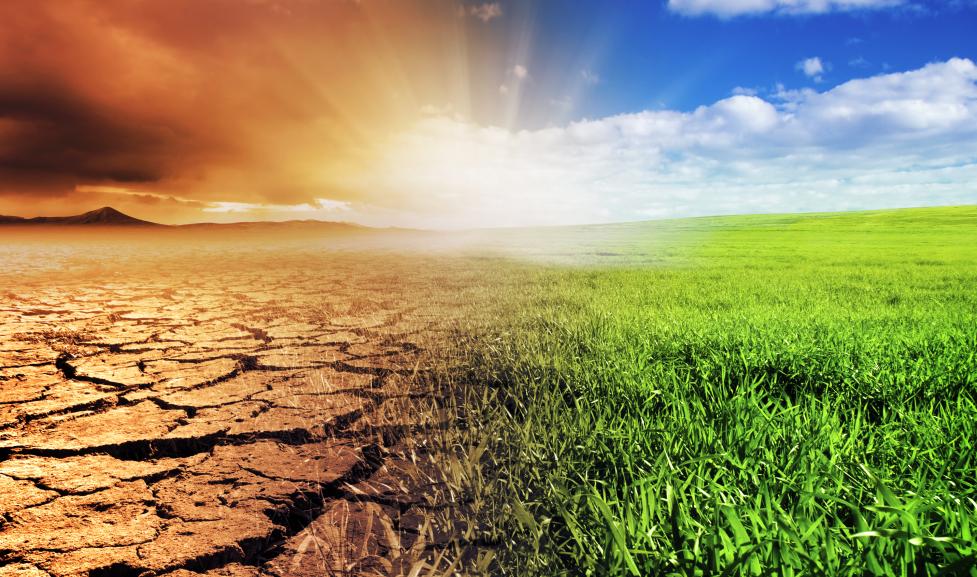Annual Water Supply
On or around May 1, we assess the city's water supply status and determine whether or not to declare a drought and implement water use restrictions.
On May 1, 2025, we determined water use restrictions were not necessary nor are they anticipated throughout the summer. We will continue to closely monitor conditions and may recommend additional measures if needed.
Drought Response Plan
The City of Boulder's Drought Plan provides guidance for recognizing droughts that may affect water supply availability, and for responding appropriately to these droughts.
We use drought rules and regulations to provide specific details that the city manager, in consultation with City Council, may use to declare or lift a drought alert stage, as well as guide an appropriate response to a drought event.
The primary factors in our annual May 1 water supply evaluation include the:
- high-mountain snowpack measurements in the city’s watershed,
- water storage levels in the city’s reservoirs, and
- available amount of Colorado-Big Thompson water.
Snowpack
Snowpack is important because Boulder relies heavily upon snowmelt runoff to fill and store water in its upper Boulder Creek basin reservoirs each year. During the winter and early spring, we measure snowpack levels in the watershed that supplies much of the city’s water.
However, snowpack isn’t the only measurement for drought. Even with lower-than-average snowpack, it’s possible to have enough water stored in reservoirs, combined with a decent allotment of CBT water, to provide water to city customers.
Reservoirs
Water stored in the city’s upper Boulder Creek basin reservoirs is also an essential component in determining our annual water supply. As snowmelt wanes later in the summer and we can no longer treat runoff directly from its diversion points on the streams, we must start treating water from reservoir storage to distribute. We continue to use reservoir water until the following spring when snowmelt begins again. We manage our reservoirs so that they are not completely drained in a single year in order to assure an adequate water supply during subsequent dry years.
Colorado-Big Thompson (CBT) Water
Water supplied by Northern Colorado Water Conservancy District through the CBT system is another significant factor in our annual water supply, particularly during dry years. CBT water originates in the Colorado River Basin on the West Slope and is delivered to the East Slope through a 13-mile tunnel. Each year, the Northern Water Board of Directors sets an allotment or “quota” of CBT water as a supplemental supply for eastern slope members.
Higher quotas are typically set when East Slope runoff is projected to be lower than normal and West Slope reservoirs are at or above average storage levels. Lower quotas are typically set when East Slope runoff is expected to be above normal or when West Slope reservoirs are significantly below normal storage levels.
